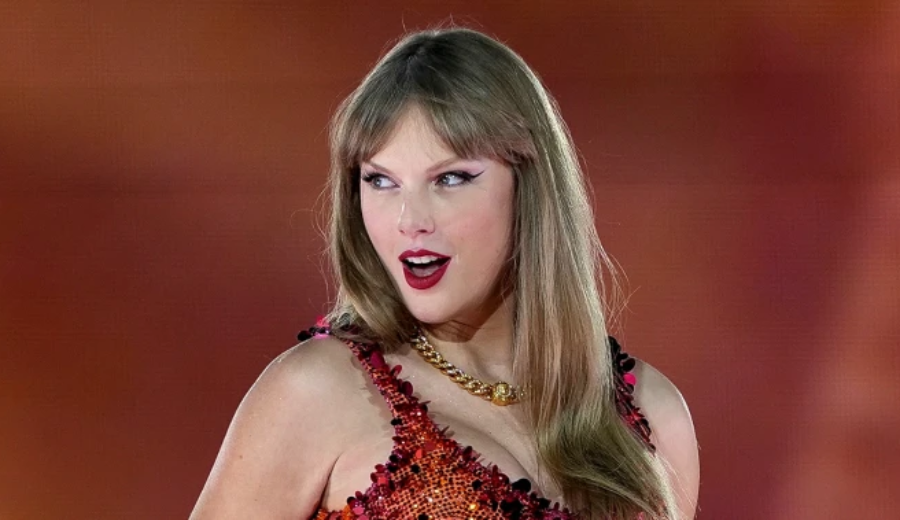In a dramatic turn of events, Amazon has denied reports that it planned to display U.S. tariff costs alongside product prices, following intense criticism from the White House. The controversy began with an internal discussion within Amazon’s budget platform, Amazon Haul, about potentially listing import charges—a plan the company now claims was never approved or implemented.
What Happened?
The situation unfolded when a report surfaced suggesting that Amazon was considering displaying tariff costs for products on its platform. This idea, which was allegedly discussed internally, aimed to show consumers how much of a product’s price was attributed to tariffs. However, the plan sparked immediate backlash from the Trump administration.
White House Labels Move as “Hostile”
The White House Press Secretary, Karoline Leavitt, swiftly condemned the reported plan, calling it a “hostile and political act.” Leavitt accused Amazon of aligning with Chinese propaganda, a claim that escalated tensions. President Donald Trump even personally called Amazon founder Jeff Bezos to express his displeasure. Following the call, Amazon quickly clarified that the idea was only considered in a limited context and would not be implemented.
Amazon’s Official Position
Amazon emphasized that the consideration to display tariff costs was confined to its Amazon Haul service and was never intended for the main site. A company spokesperson stated that the idea was “never approved and is not going to happen.” This clarification came after initial reports suggested that Amazon would start showing how much of each product’s cost derived from tariffs.
Broader Implications and Industry Reactions
The incident has reignited debates over tariff transparency and its impact on consumers. While Amazon has decided against displaying tariff costs, competitors like Temu and Shein have already integrated such charges into their pricing structures, citing rising operational costs due to global trade changes. Economists warn that import taxes can lead to higher prices for consumers and increased inflationary pressure.
What Does This Mean for You?
As the debate over tariff transparency continues, consumers may find themselves paying more for imported goods. While Amazon has backed down from its initial plan, other retailers are already factoring tariffs into their pricing. This could have long-term implications for online shopping and global trade.
What are your thoughts on tariff transparency? Should companies be required to disclose how much of a product’s price is due to tariffs? Let us know in the comments below!
















